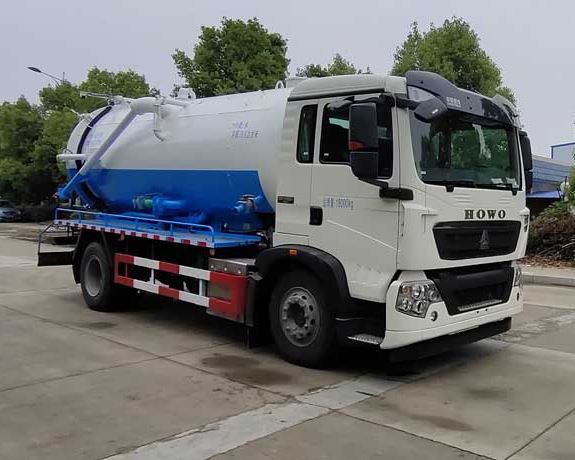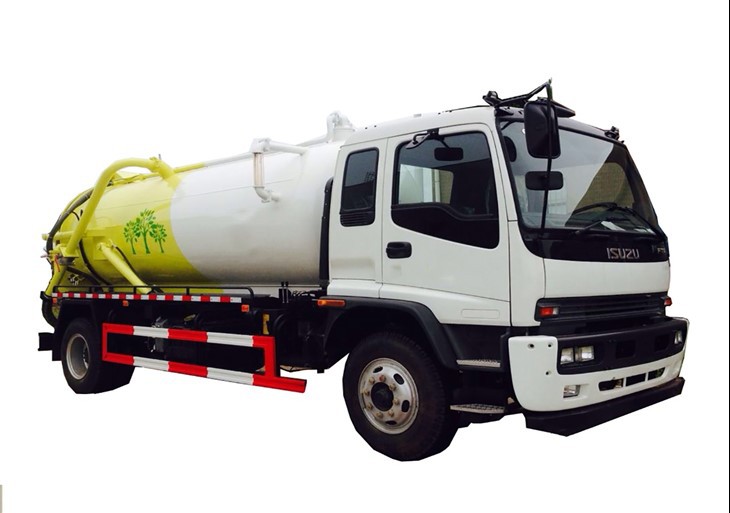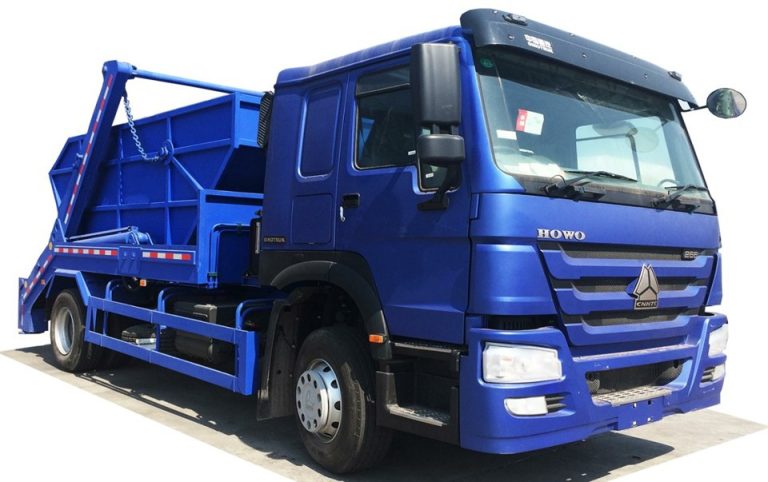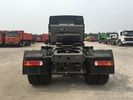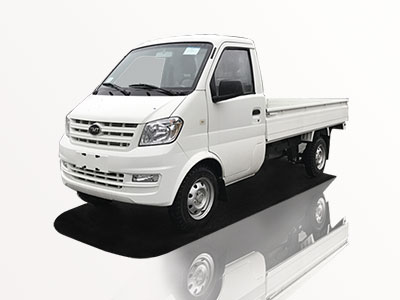Truck cabs are essential components of commercial vehicles, serving as the space where drivers operate the vehicle. Understanding the different types of truck cabs, their features, the importance of a cab’s design, and the latest trends in truck cab technology can help you make informed decisions, whether you’re in the market for a new truck or simply curious about the workings of these powerful machines.
Understanding the Basics of Truck Cabs
A truck cab refers to the enclosed space at the front of the truck where the driver sits and controls the vehicle. The cab houses essential gear, controls, and safety features required for operation.
The Importance of Truck Cabs
Truck cabs play a crucial role in the functionality of a vehicle. They not only provide the driver with a comfortable and safe space to operate but also affect the truck’s aerodynamics, payload capacity, and overall design.
| Feature | Importance |
|---|---|
| Comfort | Increases driver productivity and reduces fatigue during long drives. |
| Visibility | Enhances safety by allowing better road view for the driver. |
| Space | Accommodates comfort features and storage solutions. |
Types of Truck Cabs
Truck cabs come in various types, each designed for specific uses. Understanding these types can help potential buyers make better choices based on their needs.
Day Cab
A day cab is designed for short-haul trips where drivers return home at night. They typically lack a sleeping compartment, making them lighter and more maneuverable.
Sleeper Cab
Sleeper cabs come equipped with a sleeping area, allowing long-haul drivers to rest without needing accommodations. These cabs often include amenities such as a bed, storage, and sometimes even a small fridge or microwave.
Extended Cab
Extended cabs refer to trucks with additional seating space behind the driver and passenger seats. They are popular among those who require more passenger capacity but may not need a full sleeper setup.
Standard Cab
The standard cab is the simplest version, featuring two seats in the front without additional space for other passengers. This type is favored for its compact size and ease of maneuverability.
Cab Choices by Application
When selecting a truck cab, it’s essential to consider the specific application for which the truck is intended. Below, we illustrate how different cabs work for various needs:
| Application | Recommended Cab Type |
|---|---|
| Long-Haul Transport | Sleeper Cab |
| Local Deliveries | Day Cab |
| Construction Sites | Extended Cab |
| Utility Work | Standard Cab |
Key Features of Modern Truck Cabs
Comfort and Ergonomics
Modern truck cabs come equipped with features designed to enhance comfort. These include adjustable seating, climate control, and noise insulation systems.
Technology Integration
The integration of technology in truck cabs is essential for safety and efficiency. Features like GPS navigation, Bluetooth connectivity, and advanced dashboard systems are now common.
Safety Features
Safety should always be a top priority. Many truck cabs now incorporate advanced safety technologies, including lane departure warnings, rearview cameras, and automatic emergency braking systems.
Example Safety Features
- Electronic Stability Control (ESC)
- Anti-lock Brake System (ABS)
- Adaptive Cruise Control
The Role of Cab Design in Truck Performance
The design of a truck cab significantly influences the vehicle’s overall performance. Factors such as aerodynamics, weight distribution, and materials used in construction can all affect fuel efficiency and handling.
Aerodynamics
Aerodynamic designs reduce wind resistance, which improves fuel efficiency. Modern truck cabs are often designed with sloped hoods and integrated spoilers to enhance their aerodynamic profile.
Material Choices
Modern truck cabs are built using lightweight yet sturdy materials, such as aluminum or composite materials, which help in reducing the overall weight of the vehicle while maintaining durability.
Finding the Right Truck Cab for Your Needs
Assessing Your Requirements
When searching for the perfect truck cab, consider your specific needs, including the typical distance you’ll be traveling and the number of passengers you’ll need to carry.
Budget Considerations
Truck cab options vary widely in price. Setting a budget is essential when deciding between a simple day cab and an expensive sleeper cab loaded with advanced features.
Test Driving Options
No matter how many features a cab lists on paper, the true test comes through experience. Always test drive different cab types to see which feels most comfortable and meets your needs.
Truck Cab Maintenance Tips
Regular maintenance of your truck cab is essential to keep it in optimal working condition. Here are some practical tips:
Keep it Clean
A clean cab not only looks good but also enhances the longevity of various components. Regularly vacuum and wipe down surfaces to remove dirt and debris.
Inspect Safety Features
Regularly check and maintain safety features such as seat belts, lights, and mirrors to keep them functioning correctly.
Check Climate Control Systems
Climate control systems should be checked regularly to ensure they are functioning once temperatures change, especially before long trips.
Future Trends in Truck Cab Technology
The trucking industry is continuously evolving, and so is the technology used in truck cabs. Here are a few trends to watch out for:
Autonomous Features
The development of autonomous driving technologies could significantly change how truck cabs are designed. Expect to see features that assist with automated driving, lane-keeping, and navigation.
Enhanced Connectivity
Connectivity features will continue to evolve, adding more real-time data capabilities for logistics and tracking to help fleet operators manage their resources effectively.
Frequently Asked Questions (FAQs)
1. What is the purpose of a truck cab?
The primary purpose of a truck cab is to provide a safe and comfortable environment for the driver to operate the vehicle while housing critical controls and systems.
2. What are the different types of truck cabs?
There are several types, including day cabs, sleeper cabs, extended cabs, and standard cabs, each designed for different applications.
3. How do I choose the right truck cab for my needs?
Consider factors like how often you drive, the distance of your trips, the number of passengers you need to transport, and your budget.
4. What maintenance do truck cabs require?
Regular cleaning, safety feature inspections, and climate control checks are essential to maintain your truck cab’s performance.
5. Are there new trends in truck cab technology?
Yes, trends such as autonomous driving features and enhanced connectivity options are becoming more common in modern truck cabs.
6. What safety features should I look for in a truck cab?
Key safety features include lane departure warnings, rearview cameras, and electronic stability control, among others.
